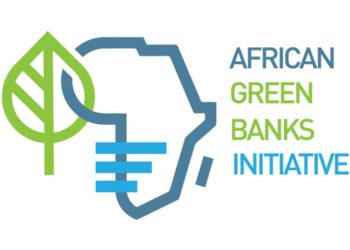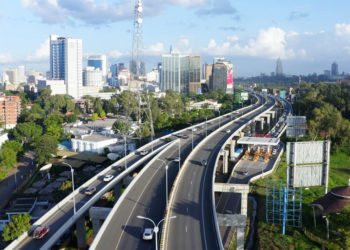The Monetary Policy Committee (MPC) recently implemented an unanticipated 2.0% increase in the Central Bank Rate (CBR), elevating it from the previous 10.5% to 12.5%, which caught market commentators off guard.
The basis for this unexpected adjustment was rooted in positive indicators, including a downward trend in inflation rates, which rested at 6.8% in November, slightly lower than the preceding month’s 6.9%.
Additionally, the depreciation of the currency against the dollar had eased marginally, providing a more stabilized outlook for the financial landscape.
Nevertheless, the MPC acknowledged that the deviation from market predictions was driven by a perceived necessity for a proactive stance to potentially strengthen the value of the Kenyan shilling.
The rationale behind this strategy is that higher interest rates may attract foreign investors seeking higher returns, leading to an increased demand for the national currency and subsequent appreciation in foreign exchange markets.
Higher interest rates also signal economic stability or growth, enticing investors to hold assets in that currency, contributing to its appreciation against other currencies.
However, this decision has sparked debates and concerns about potential adverse impacts on the economy, necessitating a thorough examination of its implications.
The central bank’s decision to raise interest rates aligns with a hawkish monetary policy approach. In this context, the cost of borrowing increases, rendering loans more expensive and potentially hampering economic momentum.
These effects ripple across various sectors, with safer investments like treasury bills and bonds becoming more attractive due to their enhanced profitability. Consequently, there is a shift in capital away from riskier investments such as equities.
While the interest rate hike aims to curb inflationary pressures and attract foreign capital to stabilize the Kenyan shilling, it carries risks that could hinder national economic growth. The rise in borrowing costs could impede business expansion and discourage consumer spending, ultimately impacting overall economic activity.
Instead of relying solely on interest rate hikes, the focus should be on policies that stimulate entrepreneurship and enhance export competitiveness.
Supporting fiscal policies, such as tax incentives and streamlined regulations, can invigorate innovation and job creation, contributing to economic resilience. Simultaneously, efforts to improve export capabilities through infrastructure development and trade agreements could strengthen the external position of the economy.
At this juncture, a collaborative approach between fiscal and monetary policies could yield more positive outcomes. A more balanced strategy that integrates monetary policies with targeted fiscal initiatives has the potential to guide the economy toward a sustainable growth trajectory.
The path to economic recovery in Kenya requires a delicate balance between containing inflation and creating an environment conducive to economic expansion. Shifting the policy focus towards supporting entrepreneurship and exports could offer a more comprehensive and enduring solution to the prevailing economic challenges.

















